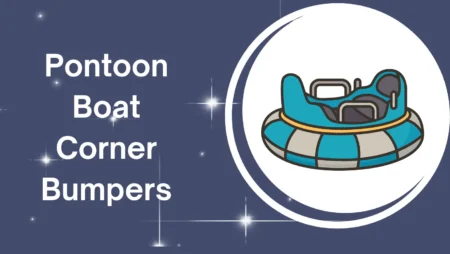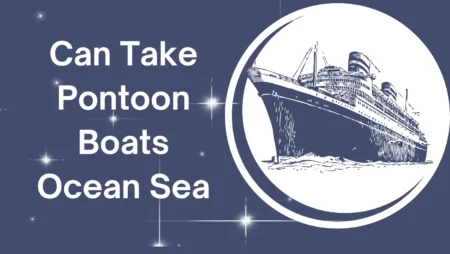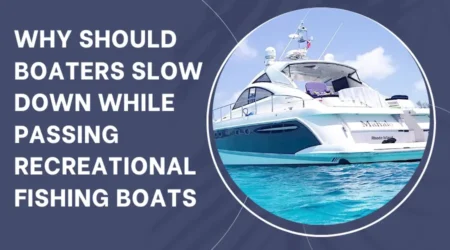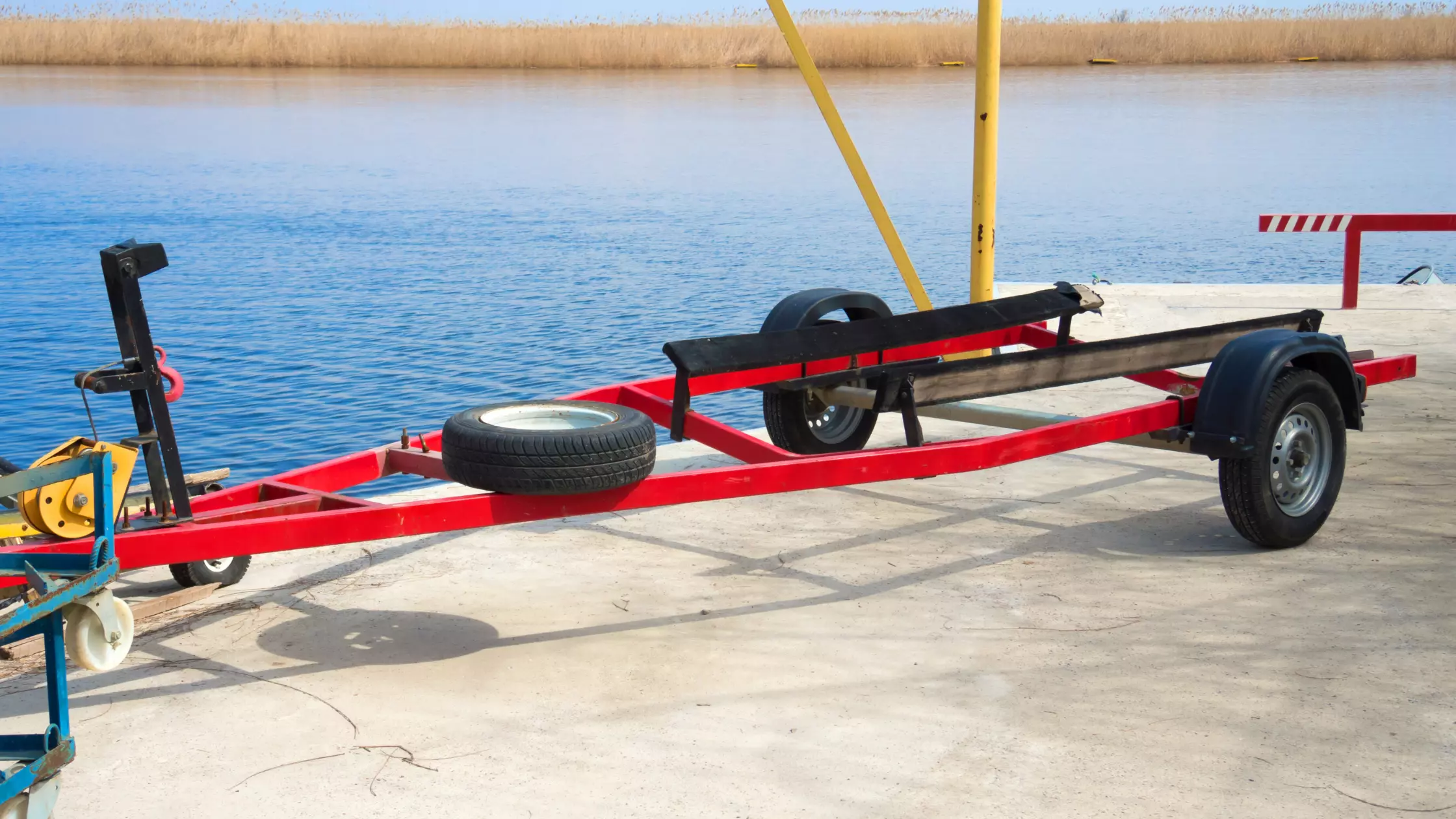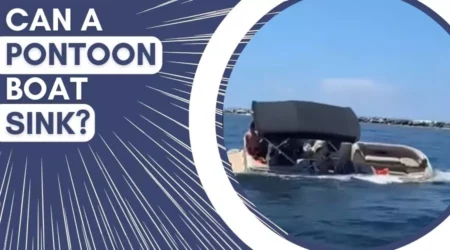How Does An Anchor Hold A Ship?
An anchor is generally metal used in connection from vessels to a vessel’s sea anchor below.
Vessels carry temporary anchors that can vary in design and in weight.
Permanent Most ancient anchors are used as permanent mooring structures but are seldom moved unless special services are usually necessary to move or maintain them.
These products will help Anchor Hold A Ship
💦Foldable Boat Anchor: For small boats, kayaks, or canoes, a foldable boat anchor can provide a convenient way to secure your vessel when needed. It’s essential to choose an appropriate anchor size and weight for your specific boat.
💦Anchor Windlass: An anchor windlass is a mechanical device used on larger boats and ships to raise and lower the anchor. It can be manually or electrically operated, and it simplifies the process of anchoring.
Usually used by drooling boats to reduce distance, speed, height when a drogue can be detected. Similarly, its root is Latin Ancona and translates itself to Greeks.
The Sea anchor Ray requires reliable anchoring boat systems with good navigation and captains with good commanding rigs as well.
What Is An Anchor?
The nautical and maritime devices are designed to reduce transportable structures and vehicle movements across waters and carry out trailers operations.
An anchor’s function can be achieved with its weight used to place structures, clamping into the water’s surface with the water body, or combined with both methods.
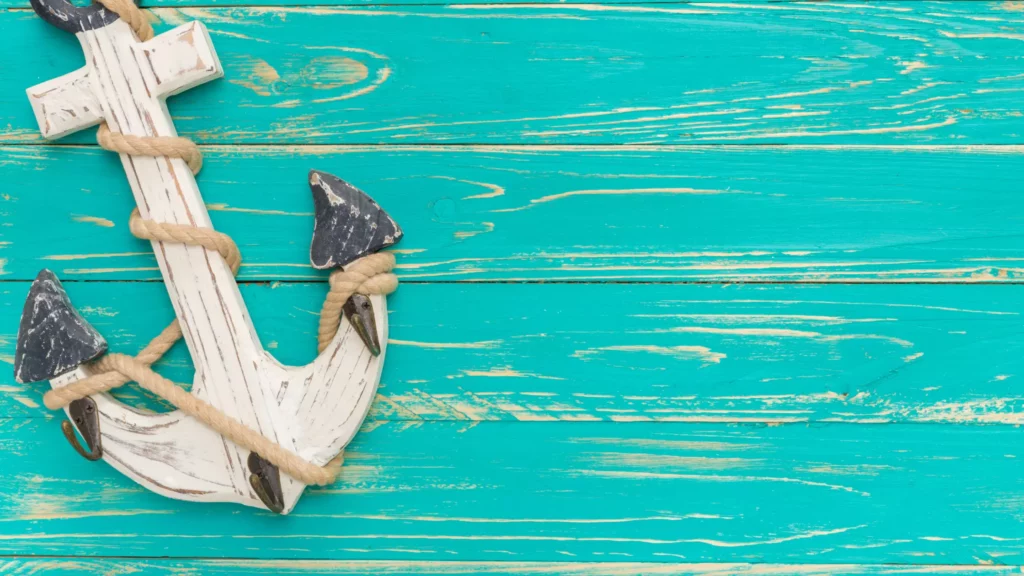
A vessel can also act as a detainer on storm-prone boats. In addition to stabilizing the ship’s traction, hydraulic forces help reduce the weight.
This ensures that waves do not move into and through water and that vessels stay afloat in water without damage. Through the development of oil and gas drilling, It can connect these semi-submersible vessels.
What Is Anchor For A Ship?
Anchor, a device, usually of metal, attached to a ship or boat by a cable or chain and lowered to the seabed to hold the vessel in a particular place by means of a fluke or pointed projection that digs into the sea bottom.
Read More Anchor
What Are Anchors Made Of?
One anchor exciting new area of research is the inter-fiber interlayer in composites that offer more weight-bearing properties while ensuring stronger anchorage.
In many cases, these such materials provide superior strength–weight ratio.
In other words, even light-heavy composite structures can handle extremely huge weight/tonnage demands and is highly durable against corrosion and damage.
However, development costs and scales can become considerably cheaper. A number of mooring methods employ anchor weight.
Because composites have extreme weight this type of anchor provides negligible benefits compared to other kinds of anchors.
How Does Anchor Work?
Pressure generated by the bottom material and the weight of the material above the anchor creates resistance when the anchor enters the seabed.
The anchor digs in farther when the boat pulls on the anchor rode, adding to the resistance. Anchors can’t sink through stony bottoms; instead, they grab on protrusions and hold shakily.
It dig in deeper and create additional resistances. Anchors cannot reach deeper into rocky waters – they tend to pinch the protruding surfaces and are held in precarious positions.
If anchors do not set well, apply tension with the rod until it reaches below water level. Make the arrow move rapidly and apply high holding power the other way.
When you move a boat, reset its anchors and start again.
Many fishermen try to hold on a short distance and then just place them into reverse positions.
Generally speaking, the anchor rode will have a reasonably stiff position over a long period ensuring proper anchoring.
After stopping, the boat should move forward because you placed pressure on the rode to several anchor tests the sets. In our opinion, you cannot keep anchors in place without hard pulling them.
In some instances Anchoring Manuals. As per their own findings they say 6:1 has reached its intended anchor power.
Many cruisers have reservations about paying more than 1/10.
A small anchor can only set up its own anchor for only limited uses. It’s known by names as Assemble a Russian
Roulette and it lets the boat have its own scope. When anchors have been set to the same height, forces held are almost all constant.
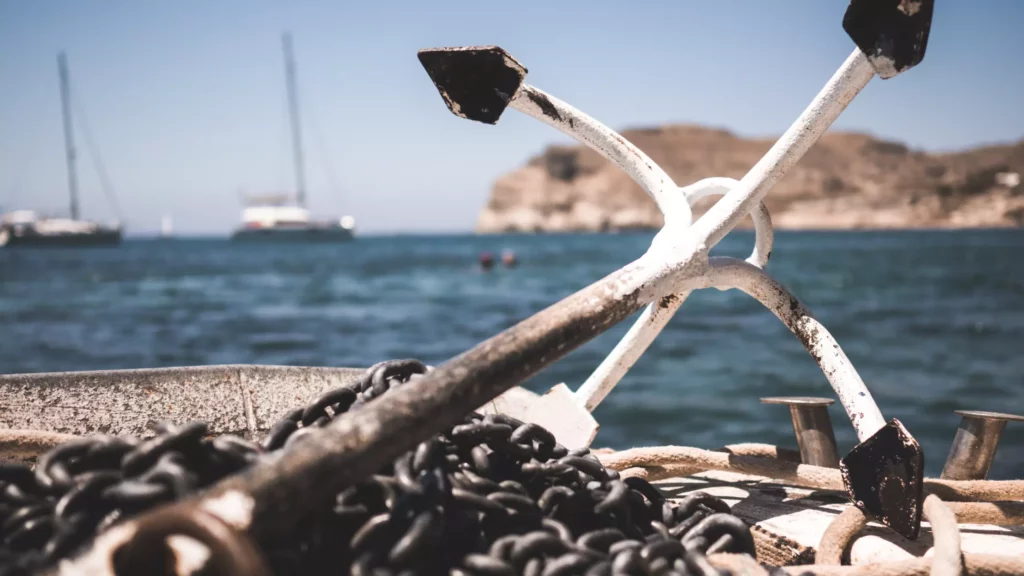
If the anchorage is tight be sure to restrict the boat’s movements into the anchorage. You can then place the vessel at an anchor very close and a second one at your destination for your destination.
This also means tension will hold both anchors together using a rod at each angle.
It is quite easy to tuck the anchor in place when winds and tides are consistent and some will perform at an angle better.
All anchors can be lifted off the sea surface to a point where the boat turns too long. Three anchoring techniques to detect swings.
A third anchor bow 160′ away. Take this one along the shoreline.
Moreover, this allows boats to swing in relatively little anchor line but allows them to be pulled back against moorages despite having less wind.
Basic Anchor Design
Flukes are structures that resemble forked tines, providing traction with the hook for traction. These basic design were usually found in ships owned before the British Empire and the Vikings.
The Admiralty anchor designs have two flukes attached to each side on arm axes perpendicular to the major shaft.
Stock-less style anchors use a how much chain rode or rope inserted in the hull in a hole known as a cathole or hosepipe.
Stockless anchors have good designs that are widely used today on new boats even in the older era of the oil and gas industry.
They provide storage simplicity in an environment that many people consider to be the most important.
Permanent Anchors
Petrol rigs and energy harvesting plants only use a meter of space. Permanent anchors can prevent movement if needed.
Generally, an anchor should remain static and can’t often sit on the same platform for extended periods.
It is often required for anchors to be held into a container while moving and the hull will also need to be brought back into its original position.
The fastest method to dislodge anchorage uses the use of tripline and compressed charges mounted directly on the ocean wall.
Some type of anchor employs detachable heads which may still stay under the surface while it operates.
Known for their asynchronous power and excellent retention this type of connection was used extensively across the US in the mining and petroleum industries and in some areas.
These analytic equipment is used by many customers on their rig.
A holder anchor is an anchor whose capacity for retaining water and energy is more than double what can be found on standard anchor -size boats.
For such an identification, the several anchor tests for a minimum of three different soil conditions. An Anchor that is traditionally thought of in reference should have equal weight with a tested Hepsia.
Once HM or SHHPs are identified, 25% of their weight loss could come from this.
Designed for storage on a low weight but compact construction Danforth anchor features at least two anchors triangular blades that are tied directly to the side of the shank ensuring a secure connection in the ocean bed.
The ideal angle at which the flukes would be mounted was 35 degrees. It’s light and easily foldable so that storage might become more convenient.
This provides the Danforth anchor is an easy-sailing ship design used on a number of boats operating on regional waters that offer only moderate and shallow depths so that an operator could apply trips.
After the sink, the anchor points are directed in their proper directions in that direction. Anchoring rope on the coral surface.
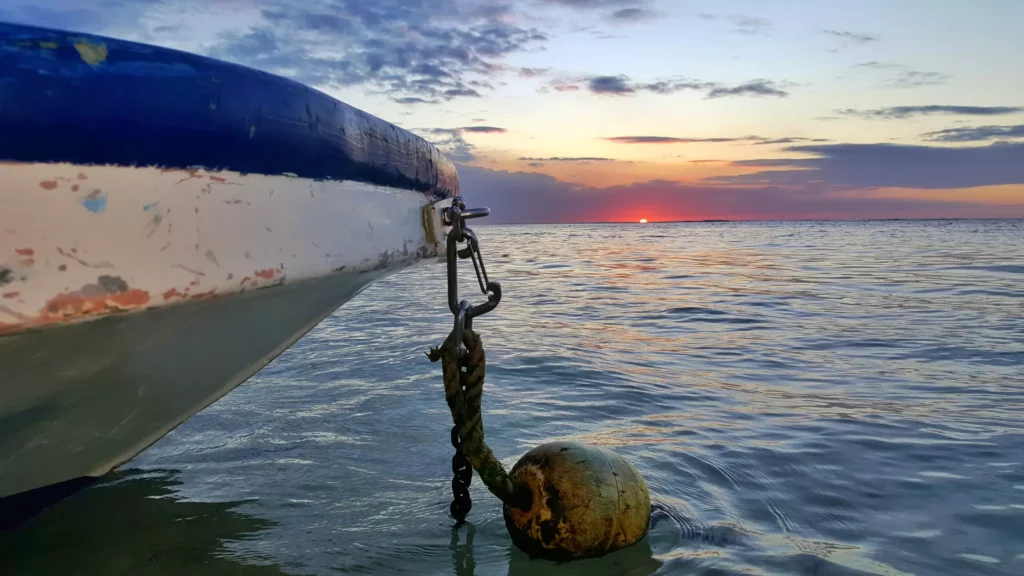
Their anchorage comprises big hooked drilling into an ocean bed where an inlay for their installation will occur.
Usually, an inlet is secured by grooves to the ocean floor and not directly driven through the bottom.
This head is often constructed from titanium and is made from materials resisting corrosion through contact with water and exposure to marine environments.
These types of “permanent” anchors are most commonly deployed to locations near shore where depths are shallow or low-level waters give access to the case and heads.
The apron consists of several structures and features that restrict a defender against any kind of anchor.
Herreshoff is commonly seen for Admiralty anchor design.
It is easily assembled in three parts or more for easy transport, as well as to be returned for easy use as necessary. That allows easy deployment of an anchor.
It can easily catch evaporation because this is caused by natural movements of the vessel which are affected largely by ocean and wave action.
Improved features have been implemented that will make your tool arm not sink against your shank while being lowered by force from a falling sand rock surface.
In fact, the idle arm will operate naturally when no anchorage obstruction comes along.
Mushroom anchor form inverted mushroom heads lying on seawater. These anchoring methods can utilize their weight, thrust power and relative friction as their anchor heads can be securely attached to the top layers.
These principles were developed from research that showed anchorage uses the Archimedean principle on soft, granular, or viscose material like mud and sand.
These are usually not strong enough to be stable over the weight of an anchor but they give them enough strength to withstand the weight. In ship models, this capacity may range from two x several tons.
It can be difficult to use on dirt, rocks, or debris on ocean beds which are normally difficult and dangerous too.
These modern versions based on plow Anchor include Delta designs consisting of an angled shank rigid and also contains at least two anchors plates that are attached.
Other types of equipment used together with anchors to support an object floating at the surface of water include anchor chaining, temporary anchors cable rigging apparatus, etc. In anchor design the main problem lies in their original three versions with various variations over time.
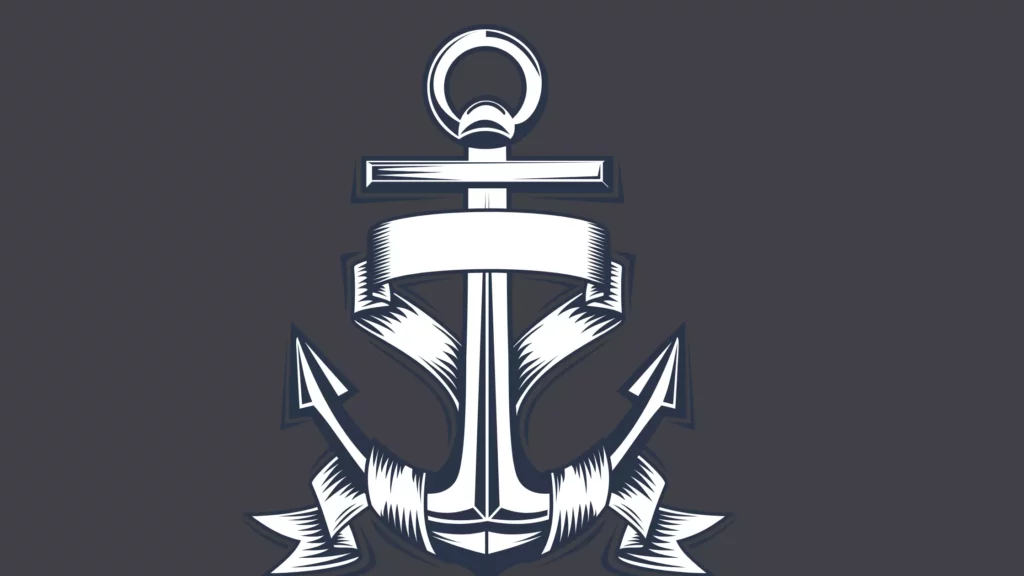
Usually called claws, this type of anchor has an unusual look as they come with shaped claws. It is intended for getting into rocks near the ocean shore and staying there.
Unfortunately, it doesn’t take into account loose rocks, sludges obstructing water & sediments.
Modern designs employ claw-like tools in their cleated bases that easily grip any material. There is an additional roll bar installed to anchor the sand to a rock in the water.
Other design models like Rocha Vulcan Ultra use it with the required anchor force for installation.
These types of grapnel anchors look similar in the military to boulder climbing.
A central metal arm comprises several short pointed tines that attach directly over the surface with tines that have rounded edges of the surface.
It is ideal for flat-bottom structures that have a number of holes.
However, its application can occur in the deep water and other fluids which are trapped between the sea bed and the surface.
It is normally anchored from the side of the vessel or is simply put on board a boat but is then taken off as necessary.
Northidy Anchor is an amalgamation of the usual anchor and dual ploughing at one end of the central shank.
Plowing provides catch to rough surfaces in water or oceans that could serve to make moorings.
Since its form and severe limitations are rare, they are seldom used with little or no used in ships or light craft.
The Northville design suffers from its own dependence on its two plough blade catch on fallen objects.
It may take some time to do so, as there are not many blades available in common anchor designs.
Assessing Bottom Conditions
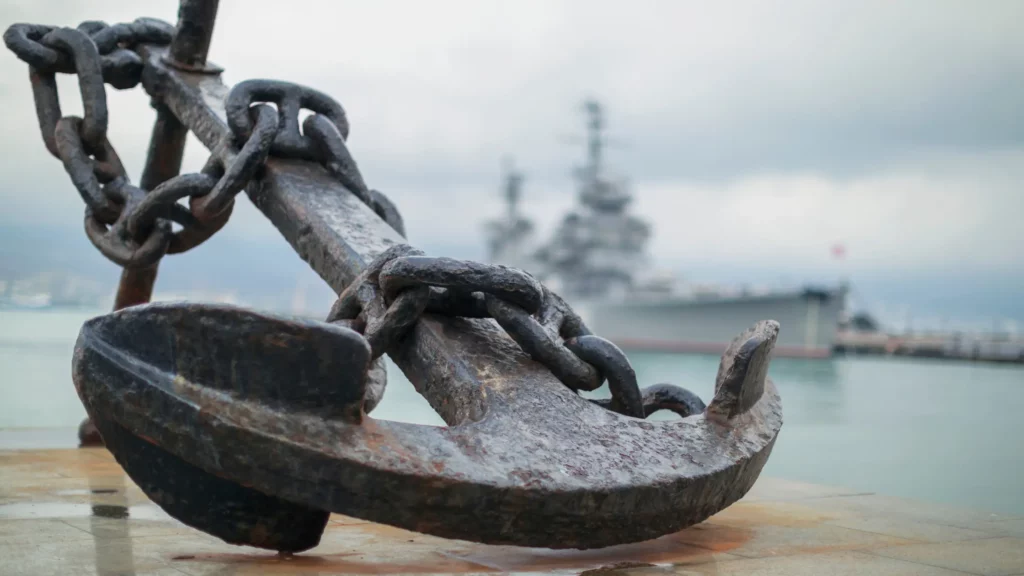
The capacity and strength of anchors to build strong resistance seat depends upon their anchor’s ability to enter and penetrate marine waters.
The choice of the optimum bottom anchor is also an integral part of anchoring. Fortress anchors are noted for their holding characteristics on flat bottom.
This article presents an evaluation of the possible choices based mainly on the anchor’s ability conditions under a soft and difficult ocean bed.
Tell us the optimal anchoring design and the anchoring method?
This guide has detailed advice on selecting the anchoring design and using it.
Other Points on Anchoring
See if the shackles on the anchor and chain are well secured and secure. Normally, the power source must remain connected.
Hold the pin in the hand to monitor the progress of the system.
If they show signs such as rotting or stripping then they’re ready for use! This was replaced. Likewis,e nerve observes this. Place anchors so that Warp brings anchors into the warp.
I love to nerve’ for the warps. A force on an anchor. The large anchor has the warp and the lower the angle, the higher the odds. Increasing strength is better.
Minimum length of rope for anchors to exit is at least 2 meters,
Four times deeper in high water in deep water ,
Dropping Anchor
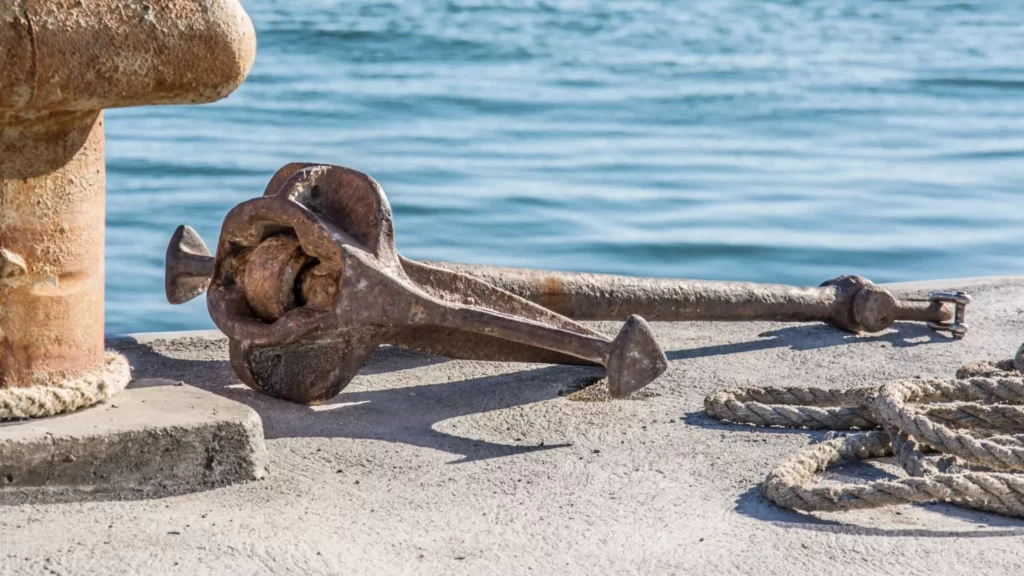
The weight that the boat brings will fix the anchor to the river’s surface. A tug can cause friction when pulling with traction and holding rope softly to the side.
The anchor’s ropes are secured to the head tether and are capable of being lowered if the rope becomes trapped in one rock or the anchor collapses.
Give the vessel room so it can rotate with no obstructions. Sometimes wind and current changes; other times changes can occur in wind and current situations.
The anchored object remains fixed as it comes in and it stops. If the anchor is attached to any chain the connection is obvious with the anchor.
How an Anchor Holds?
The anchor has laid down at the foot of this floor.
The stress comes off that anchor rope. The anchor sits at its lowest point.
On the bottom until the pull of the boat on the rope forces the anchor along the waterline.
The palm lifts and digs into it to move it around Afterwards.
In order to keep an anchor in position, another bit of drag would have completely been added in order to be permanently held.
An anchored body requires pulling the rope to hold the rope at all times in place. Horizontal: As anchor chains form on a bed.
Safety at Anchorage
These points should be used a few times before starting a new job. Anchor:
No anchoring at prohibited areas indicate the chart or at the top of the list. Using anchor cable marker or obliging another boat.
Not anchor on shallow waters without testing first.t situation in waves. When tides rise, one will rise higher. Determine the amount of warp.
If the tide is high, check to get them off. Neither will the ship in the low speed zone.

